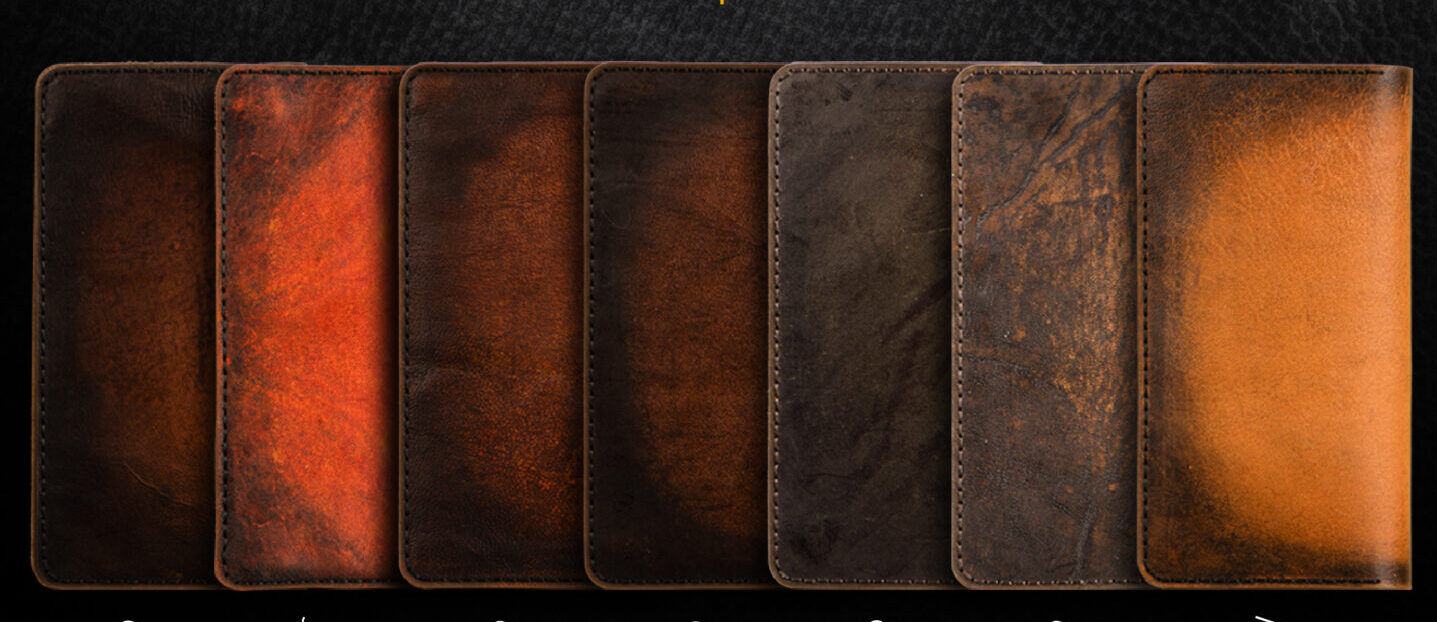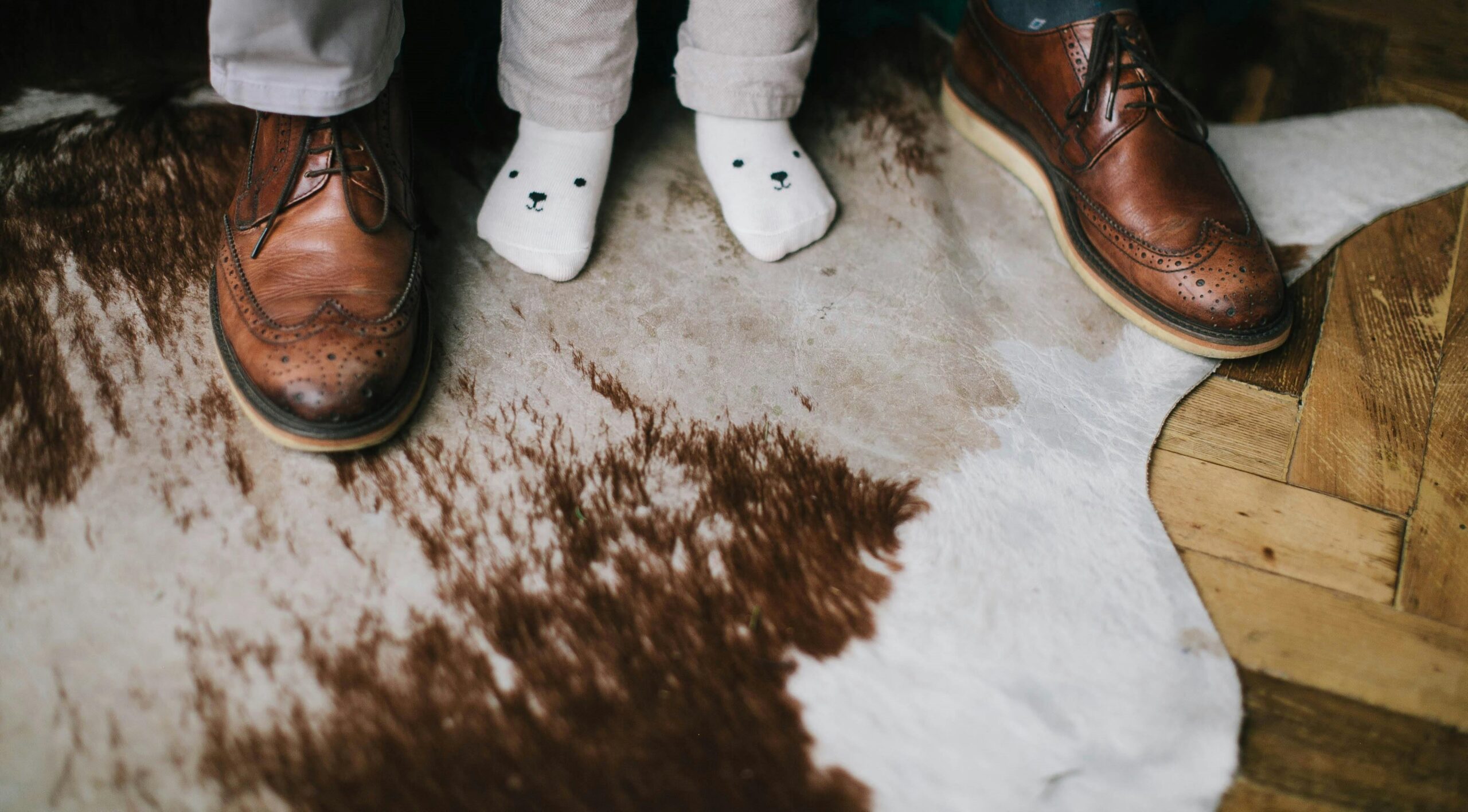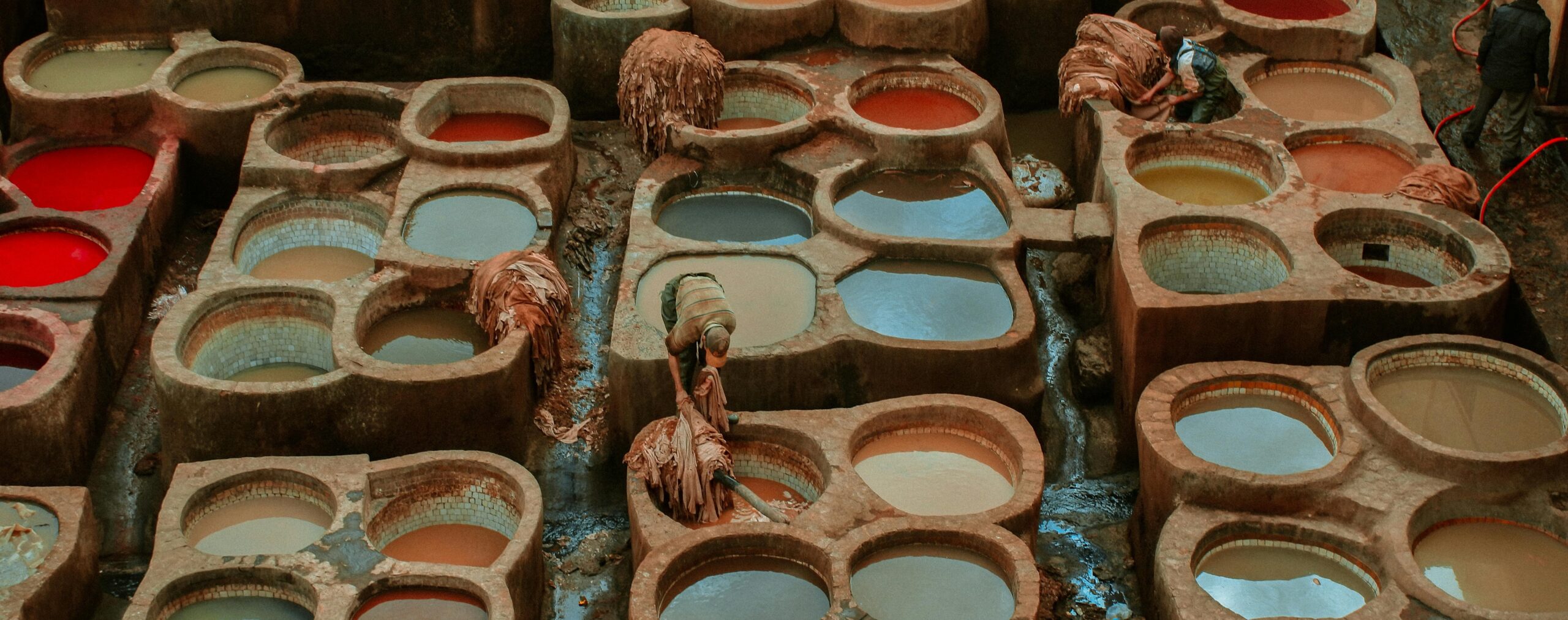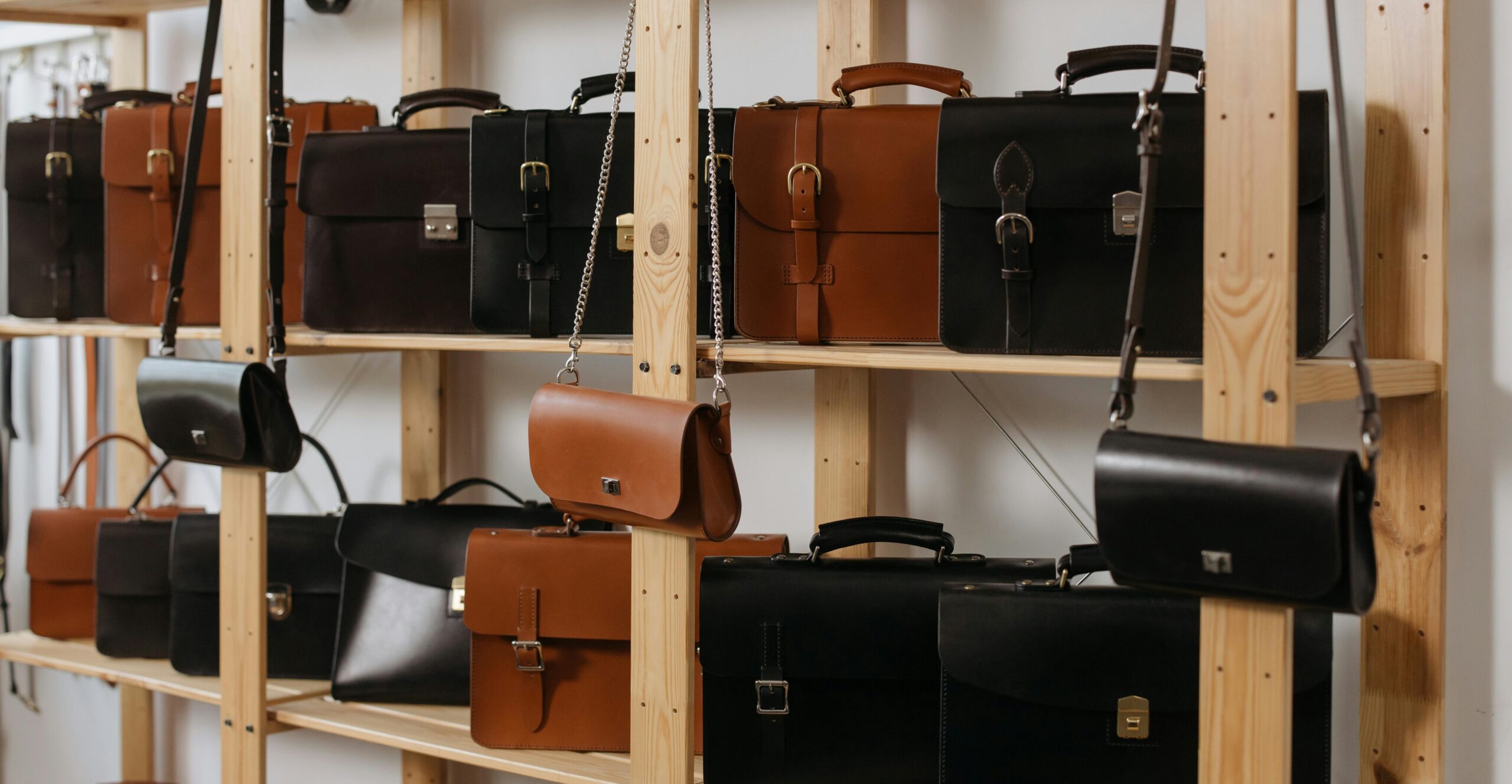
Blog
The Art of Tanning: How Camel Leather is Made

Camel leather has long been valued for its durability, unique texture, and rich cultural heritage. The process of turning raw camel hides into the supple leather we see in products today is an intricate art that has been refined over centuries. From ancient traditions to modern techniques, tanning camel leather involves a blend of craftsmanship and innovation. In this article, we’ll take you through the fascinating process of how camel leather is made, from the raw hide to the finished product.
1. Sourcing the Raw Hides
The journey of camel leather begins with sourcing high-quality raw hides. Unlike cowhide, which is more widely available, camel hides are typically sourced from regions where camels play a significant role in daily life, such as the Middle East, North Africa, and parts of Asia.
Sustainability in Sourcing Many camel hides come as by-products of the meat and dairy industries, making camel leather a sustainable choice. In these regions, camels are integral to local economies, and using their hides for leather helps minimize waste. This sustainable approach ensures that every part of the animal is utilized, supporting both the environment and the communities involved.

2. Preparation of the Hides
Once the hides are sourced, they undergo a series of preparatory steps to ensure they are ready for tanning. This stage is crucial for removing impurities and preserving the hides before they are transformed into leather.
Salting and Curing The first step in preparing camel hides is salting. Fresh hides are covered in salt to prevent decomposition and remove moisture. This process can take several days, depending on the thickness of the hide. After salting, the hides are either dried or cured in brine, which further stabilizes them for the tanning process.
Dehairing and Liming After curing, the hides undergo dehairing to remove the coarse camel hair. This is done by soaking the hides in a lime solution, which loosens the hair and makes it easier to scrape off. The liming process also helps to swell the hides, making them more pliable for the subsequent tanning steps.
3. Tanning the Hides
Tanning is the heart of the leather-making process, transforming raw hides into durable, flexible leather. This step not only preserves the hides but also imparts the unique characteristics that make camel leather so special.
Traditional Tanning Methods In many regions, camel leather is still tanned using traditional methods passed down through generations. These methods often involve natural tannins derived from tree bark, roots, or leaves. The hides are soaked in tanning pits for weeks or even months, allowing the tannins to penetrate the fibers deeply. This slow process produces leather that is rich in texture and color, with a distinctive natural finish.
Modern Tanning Techniques While traditional methods are still revered, modern tanning techniques have also been developed to meet the growing demand for camel leather. Today, some tanneries use chrome tanning, a faster process that involves chromium salts. This method produces a softer, more uniform leather with enhanced water resistance. However, it is often combined with vegetable tanning to preserve the natural qualities of camel leather.
4. Dyeing and Finishing
After tanning, the leather is ready to be dyed and finished. This stage adds color, texture, and additional protective qualities to the leather, making it suitable for a wide range of products.
Dyeing Camel leather can be dyed in a variety of colors, though many artisans prefer to highlight its natural hues, such as warm browns, earthy reds, and sandy beiges. The dyeing process involves immersing the leather in dye baths or applying dyes by hand. The leather’s natural grain often absorbs dye unevenly, creating beautiful variations in tone that enhance its organic appeal.
Finishing Once dyed, the leather undergoes finishing to achieve the desired texture and sheen. This can include oiling, waxing, or buffing the leather to create a smooth, glossy surface or a matte, textured finish. Some leathers are also embossed with patterns or treated with protective coatings to enhance their durability and resistance to wear.

5. Crafting the Final Product
With the leather tanned, dyed, and finished, it is finally ready to be crafted into products. Artisans and manufacturers use this high-quality material to create everything from luxury handbags and footwear to durable outdoor gear and home accessories.
Handcrafted vs. Mass-Produced Camel leather products are often handcrafted, with artisans using traditional techniques to cut, sew, and shape the leather into beautiful, functional items. Handcrafting allows for a high level of detail and customization, with each piece showcasing the unique characteristics of the leather. On the other hand, some products are mass-produced using advanced machinery, which allows for greater consistency and efficiency while still maintaining the quality of the leather.
Sustainability in Production Throughout the crafting process, there is often a focus on sustainability, with many producers using eco-friendly practices and materials. This includes minimizing waste by repurposing leather scraps and using natural, non-toxic dyes and finishes. The result is a product that not only looks and feels luxurious but also aligns with modern values of environmental responsibility.

Conclusion
The making of camel leather is a testament to the blend of tradition and innovation that defines the best of craftsmanship. From the careful sourcing of hides to the intricate tanning and finishing processes, each step contributes to the creation of a material that is as durable as it is beautiful. Camel leather’s unique qualities—its resilience, texture, and natural warmth—make it a prized material for a wide range of products, from fashion to outdoor gear. Understanding the art of tanning and the care that goes into producing camel leather enhances our appreciation of this exceptional material, highlighting why it continues to be a favorite among artisans and consumers alike.

